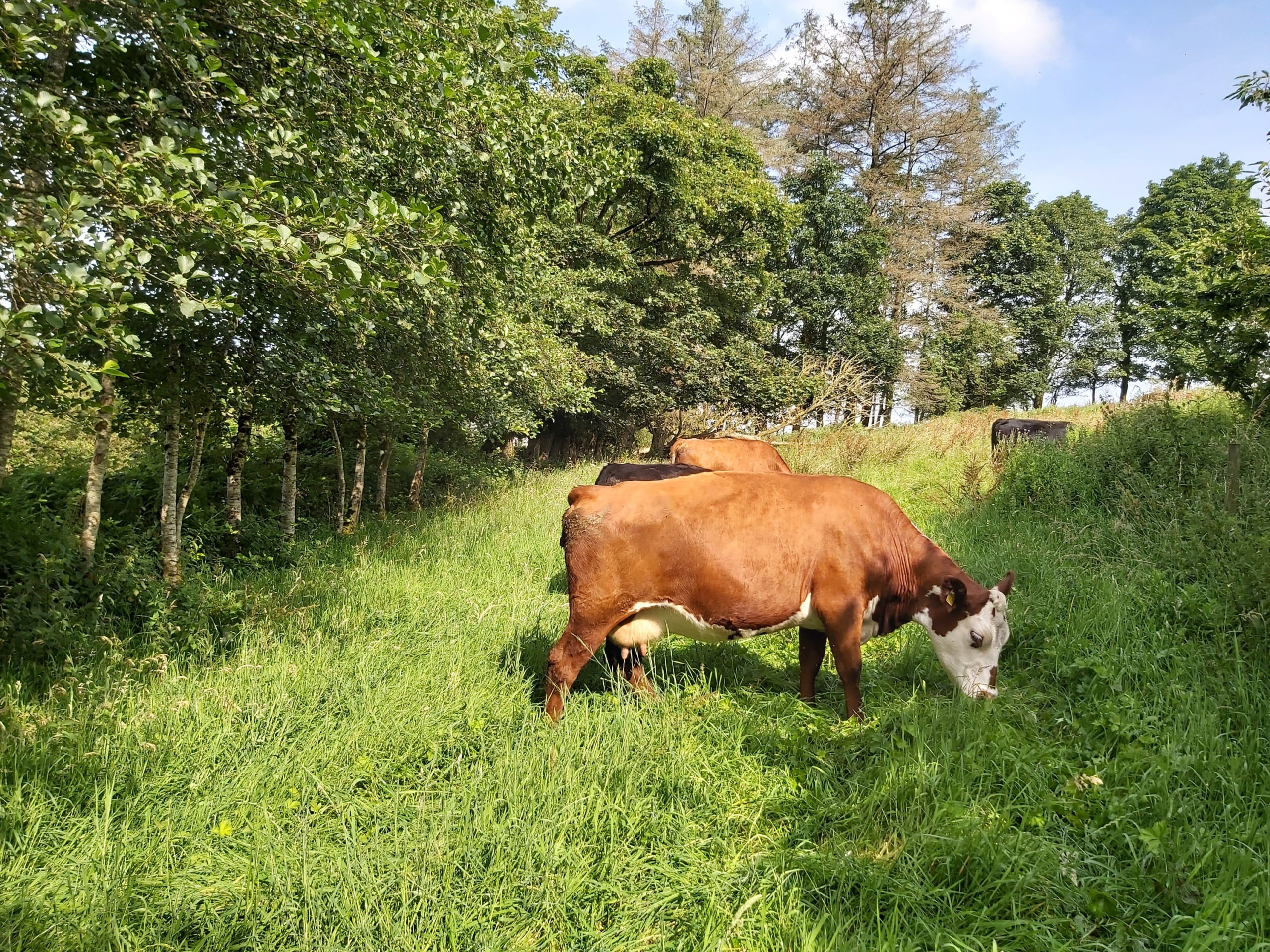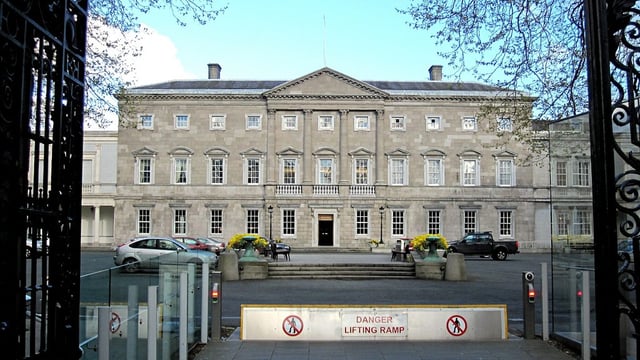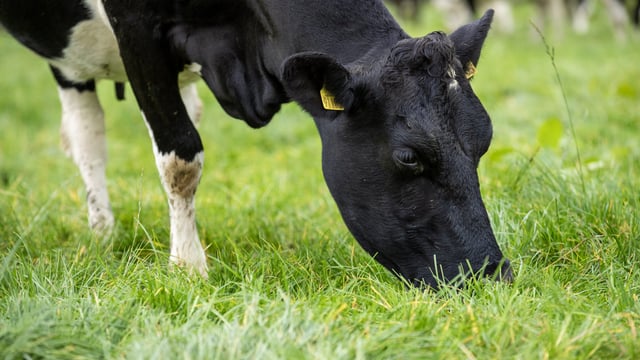Agroforestry to benefit farmers and help achieve environmental targets
The Irish Agroforestry Forum (IAF) has recently launched its website to foster collaborations and act as an information hub tailored to the growing interest in agroforestry.
Agroforestry includes the growing of trees on farmland within a wide range of spatial configurations, and can support climate mitigation and resilience as well as providing other environmental benefits, the IAF said.
The forum already ran a conference and a number of field visits promoting agroforestry in Ireland. The IAF explained:
The IAF received funding from the woodland support scheme provided by the Department of Agriculture, Food and the Marine (DAFM).
Through agroforestry, farmlands have a huge opportunity to increase the carbon storage function of soils, crops and trees and therefore cut emissions and help implement mitigation and resilience strategies, the IAP said.
In silvopastoral systems - where trees, forage and the grazing of livestock is integrated - animals have access to leaf material that broadens their diet, addressing mineral deficiencies and therefore lowering methane emissions.
The forum explained:
This also has a significant positive impact on ammonia emissions from livestock, the IAF said.
Scientific evidence shows that agroforestry can deliver ecosystem services and align these to sustainable agriculture and forestry land management policies, according to the IAF. The forum added:
Agroforestry can also deliver high-quality hardwood timber and contribute to the broadleaf deficit in Ireland, reducing the dependency on expensive non-native imports, the forum added.
Trees also contribute to the protection of watercourses in protected riparian buffer zones and agroforestry improves the ability of soil to soak and filter more water over a broader area.
"Tree roots extend well below the under-storey roots and absorb excess nutrients that would otherwise end up in the groundwater," the IAF explained.






